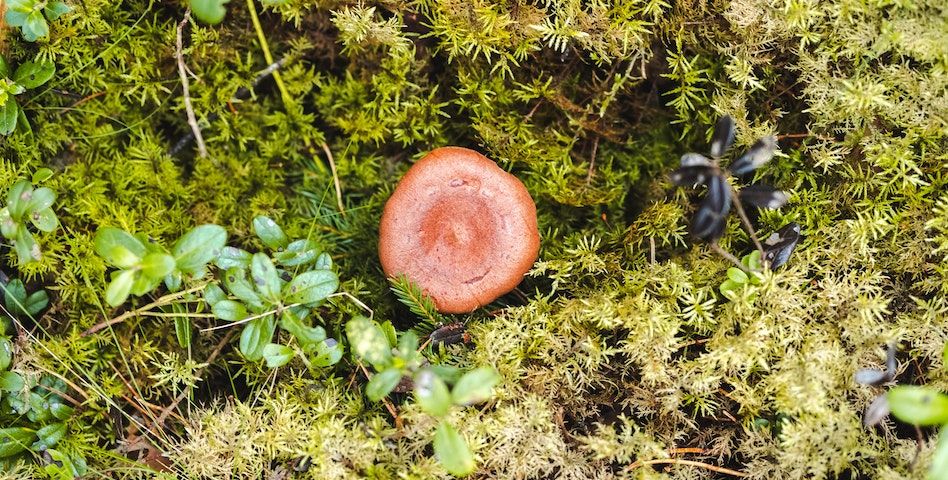What Is the Best Edible Part of a Plant?
Plants provide an abundance of nourishing and delicious edible parts, from roots to leaves, fruits, seeds, and even flowers. The variety of edible plant parts offers a wide range of flavors, textures, and nutrients. In this exploration, we delve into the diverse edible components of plants and discuss which might be considered the best, depending on culinary preferences, nutritional value, and versatility.
1. Roots: The Foundation of Flavor
Roots, such as carrots, potatoes, and beets, are a foundational part of many culinary traditions. They offer earthy, sweet, and starchy flavors that can be roasted, boiled, mashed, or turned into soups and stews. Root vegetables are rich in essential nutrients, including fiber, vitamins, and minerals. The humble potato, for instance, is a versatile root that can be prepared in countless ways, making it a staple in diets worldwide.

2. Leaves: Green and Nutrient-Rich
Leafy greens like spinach, kale, and lettuce are celebrated for their nutritional value. They are packed with vitamins, particularly vitamin K and folate, and are a great source of dietary fiber. Leafy greens can be enjoyed fresh in salads, sautéed as a side dish, or blended into smoothies. Their mild, sometimes slightly bitter, flavors complement a variety of dishes and add vibrant colors to meals.
3. Fruits: Nature's Sweet Treats
Fruits, the sweet and colorful offspring of flowering plants, are beloved for their natural sugars and delightful tastes. From apples and bananas to berries and oranges, fruits offer an array of flavors and textures. They are often enjoyed fresh as snacks, desserts, or incorporated into various culinary creations. Fruits provide essential vitamins, antioxidants, and fiber, making them an important part of a balanced diet.
4. Seeds: Tiny Nutritional Powerhouses
Seeds, such as those found in sunflowers, chia, flax, and quinoa, are small but mighty nutritional powerhouses. They are a source of healthy fats, protein, and essential minerals like magnesium and phosphorus. Seeds can be sprinkled on salads, added to baked goods, or blended into smoothies. Chia seeds, for instance, absorb liquid and create a gel-like consistency, making them a popular choice for puddings and beverages.
5. Flowers: A Delicate Delight
Edible flowers, though less commonly used, can add elegance and flavor to dishes. Varieties like nasturtiums, violets, and roses are known for their edible petals. They are often used as garnishes, both for their visual appeal and subtle floral notes. Edible flowers can be infused into syrups, candied for sweet treats, or incorporated into salads to elevate their presentation and taste.
6. Stems: Crunchy and Versatile
Stems, while not as frequently consumed as other plant parts, offer unique qualities. Celery and asparagus are two examples of edible stems known for their crisp texture and mild flavors. Celery, in particular, is a popular addition to soups, stews, and salads. Asparagus is often roasted or grilled to enhance its natural sweetness. These stems provide fiber, vitamins, and minerals to the diet.
7. Tubers: The Underground Treasures
Tubers, like sweet potatoes and yams, are another group of underground plant parts celebrated for their sweetness and versatility. They are rich in vitamins, especially vitamin A, and complex carbohydrates. Tubers can be baked, mashed, or fried, and they often feature prominently in holiday feasts and comfort food dishes.

Conclusion: The Best Edible Part? It Depends.
The question of the best edible part of a plant has no one-size-fits-all answer. It depends on individual preferences, dietary needs, and culinary applications. Each edible plant part offers a unique combination of flavors, textures, and nutrients, making them valuable additions to our diets. From the crunchy stems to the sweet fruits and the nutrient-rich leaves, the best edible part is ultimately a matter of personal taste and the culinary masterpiece you wish to create. So, explore the world of edible plants, savor the diversity, and discover your own favorites among the many delectable options nature provides.